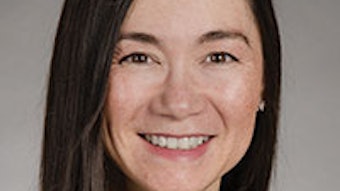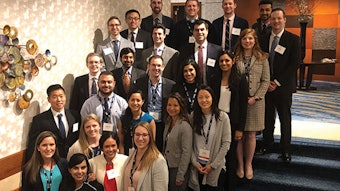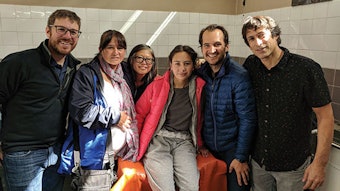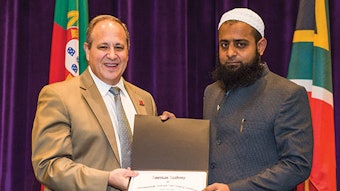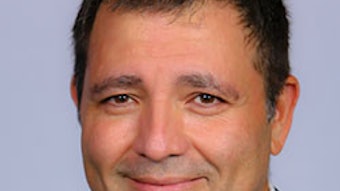Collaboration elevates all
Perhaps my favorite part of my job as your EVP/CEO is meeting and interacting with all members of the otolaryngology team who allow us to deliver the best and safest care to our patients. I uniformly learn as much or more through those interactions than from any other source.
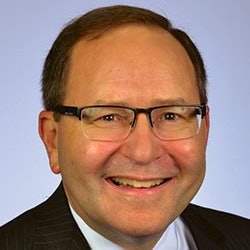 James C. Denneny III, MD
James C. Denneny III, MD
AAO-HNS/F EVP/CEO
I recently had the pleasure of attending a meeting of the academic administrators at the University of Michigan in Ann Arbor, MI. In addition to getting a much clearer picture of the challenges facing academic departments as healthcare delivery evolves, I had the privilege of hearing Mark E. Prince, MD, (Chair) give an overview of his department, which includes 68 physicians and 227 support staff members. What impressed me the most was not the multiple accolades his department has garnered over the last several years, but his commitment to people. He described a process of identifying and selecting “decent people” as residents, faculty, and staff, people who will “do the right thing.” Hearing this, I immediately got a flashback to my residency four decades ago when my Chair, James B. Snow, Jr., MD, would always ask us at key decision points, “Is it the right thing to do?”
It is encouraging to me that there is considerable interest and progress in developing optimally functioning healthcare teams in otolaryngology. That will only succeed if the members of the teams value each other’s contributions and work under an umbrella of mutual respect, trust, and congeniality to accomplish shared goals. We cannot follow the pathway currently hallmarked by political discourse in this country. Presumably, we all entered medicine to care for those mired in infirmity caused by suboptimal health, and we are fortunate to be trusted by society to do so. If we can focus on doing the right thing by our colleagues and for our patients, we will have a chance to positively influence the forthcoming changes and ensure patients will get the care they deserve.
This month’s Bulletin highlights research, often the most undervalued of our three operational pillars of advocacy, education, and research. Our Research and Quality Business Unit, headed by Jean Brereton, MBA, and Coordinator for Research and Quality, Cecelia E. Schmalbach, MD, continues to produce the quality and performance measures otolaryngology needs to advance care across our broad specialty. The Guideline Task Force continues to produce the valuable Clinical Practice Guidelines (CPG) and Clinical Consensus Statements (CCS) that are critical in determining appropriate care and advocating for appropriate reimbursement for this care. The Patient Safety and Quality Improvement Committee has played an active role in several important initiatives over the past year, highlighted by our successful interaction with the Joint Commission relating to endoscope sterilization, surgical attire, pediatric airway cart regulations, and other issues negatively affecting our practices. The performance measures needed by our members for MIPS reporting continue to increase, and we now have 22 specialty-specific measures in our QCDR. Our CORE grant review process continues to improve every year, and record amounts of grants were given out through this process this year. This collaborative effort, involving many of our specialty societies partnering with the AAO-HNS/F, is a prime example of how working together can elevate a program. The Guideline Task Force is another great example of how specialty societies working together can help to target clinical guidelines and consensus statements and subsequently produce excellent products.
No report on quality and research would be complete without updating you on our clinical data registry, Reg-entSM. Reg-ent is moving into Phase II of operations, which will include additional data types, such as patient reported outcome measures (PROMs), additional diagnostic data, inpatient data, and utilization/cost data. We will have access to a broad-based analytic platform soon and hope to be partnering with entities that will ensure the long-term financial viability of this critical project. We are in the process of onboarding many academic practices as Epic and Cerner users now have a mechanism to participate.
Our future is much brighter due to the exceptional work of all involved in our research and quality teams.












